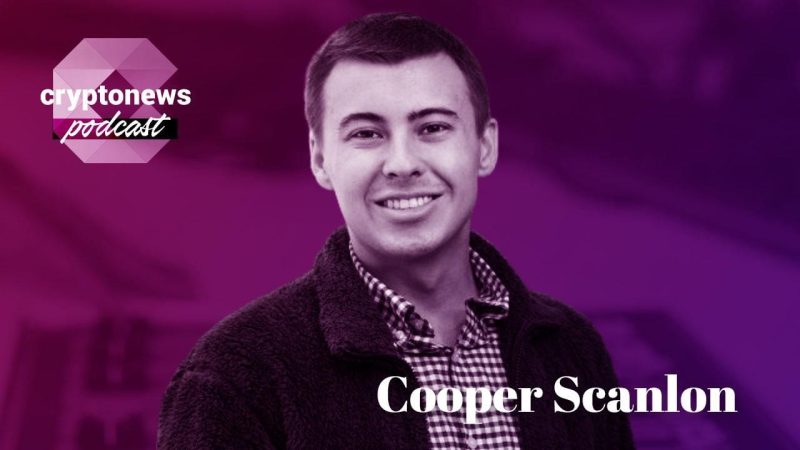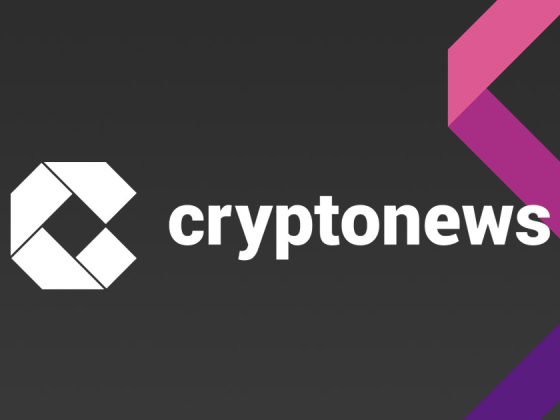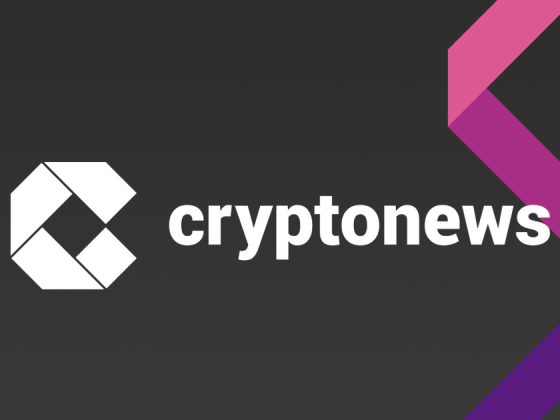In an exclusive interview with Cryptonews Podcast, Cooper Scanlon, the co-founder of San Francisco-based blockchain development team Movement Labs, discussed the benefits and massive potential of the Move programming language for builders and users alike.
He talked about how Web3 creates opportunities for each individual and project, his first successes in this industry, putting all his chips into it, and its possible future.
Six Months: From Point Zero to Success
Scanlon said he was “hustling” and working on startups during his university years. One of them – a yield aggregator utilizing the Move smart contract programming language – started to take off.
This is when he realized that “doing Web3 is something that makes me happy. I find it intellectually stimulating. I find it fulfilling,” Scanlon said.
Notably, it took only six months from the product’s start point to success, he claimed. This is how he got to experience building a company and pitching to have his first successful close, bringing in capital for a project.
On the other hand, if he were walking a traditional career path, he argued, a similar trajectory would take years if not decades.
“I realized I have something good in my hands here,” Scanlon said. “I should probably focus on that and give it the attention that it deserves and really nurture that seed.”
This is when he made a life-changing decision, putting all of his eggs in one basket.
He left school and internship at the time, putting all his focus into Web3.
However, he stressed that college was very valuable. He gained knowledge and socialization skills, was intellectually challenged, and developed in a growth-nurturing environment.
“The resources had been extracted. It’s time to build something with those resources and move on to the next thing,” said Scanlon.
Amazon for the Move Programming Language
Move, a powerful programming language, continued to be a major part of Scanlon’s journey.
The Movement Labs team decided to build a Layer-2 product on Ethereum, utilizing Move, which is a derivative of Rust, which in turns powers Solana.
“Our vision is that by being more aligned with Ethereum, we can deliver a more seamless go-to-market, have easier user onboarding for applications building on us, and provide the benefits of Move – security and performance – natively,” the co-founder explained.
Move comes with built-in protection and formal verification, making it significantly safer and more intuitive.
This is beneficial for both the users and developers.
“If you’re a Move developer or a Move builder,” he Scanlon said, “suddenly you get to open up your application of a significantly larger total addressable market. So it’s like being able to open up a stand at Times Square.”
Additionally, Move has one of the fastest-growing developer growth rates.
Therefore, per Scanlon, seeing these strong signals about the language, Movement Labs decided to help facilitate and accelerate its adoption.
“That’s part of our Ethereum alignment, that we want to be Amazon for Move,” Scanlon said.
A seamless user experience is a must, he added. The more people have to click, the less likely they are to stick around.
However, a language can’t simply be added onto the network: it requires an infrastructure for a smooth user experience.
“But the TLDR is that you can use the same infrastructure, wallet, and applications you’re familiar with on the Ethereum blockchain. You don’t have to worry about bridging to an entirely new ecosystem,” Scanlon said.
He added that his new project is “much more aligned to what your experience would be with other Layer-2s, and we’re actually working on some stuff that makes it even more seamless that will be revealed pretty shortly.”
All Chips In
The Movement Labs co-founders, Scanlon and Rushi Manche, took “huge bets” on Move, Scanlon said. “We went all in.”
The team is currently focused on empower the Movement ecosystem. They offer grants, enable access to their designers, and help teams fundraise.
“We do everything we can to give them access to our community. […] What’s ours is open to our builders.”
And the benefits apply to the community as well. Scanlon added.
The team “takes every opportunity” to recognize and reward users in any way it can, he said.
Ultimately, the team wants to give everyone “the space in which they can be recognized for all the different ways they contribute,” whether they’re making memes, being community moderators, engaging on Twitter, etc.
Users can take that recognition to other applications in the ecosystem and provide similar contributions, gaining more recognition.
“So we really have this vision of redefining what it means to be a part of a community in Web3, because ultimately that’s what it’s all about: democratization and decentralization,” Scanlon said. “Anyone who’s a part of this should be able to build their own seat at the table.”
In 5-10 years from now, Scanlon hopes to see many people in the Movement ecosystem make it. “I want to see that be a household name in our ecosystem.”
“I really hope to see people be able to achieve their dreams using the […] nuclear energy of Move, its power, and potential,” said Scanlon, that they “leverage that to build up wherever they want […] and Movement just be a canvas and a hub that facilitates and accelerates that go-to-market and adoption.”
____
That is not all.
In this interview, Scanlon also discussed:
dropping out of university and entering Web3; desire to control his own finances and early investment journey; Movement Labs inception story; reasons behind choosing the Move programming language – parallel processing, scalability and speed; the Battle of Olympus hackathon.You can watch the full podcast episode here.
__________
About Cooper Scanlon
Cooper Scanlon is the co-founder of the new blockchain network Movement Labs, the San Francisco-based blockchain development team behind “the fastest and most secure” Layer-2 on Ethereum.
Following his entrance into the blockchain space, Scanlon dropped out of Vanderbilt University, USA, saying that he preferred building a SPACDAO Vehicle.
Subsequently, he pioneered the first yield aggregator leveraging the Move programming language, eventually creating Movement Labs.
The post Cooper Scanlon, Co-Founder of Movement Labs, on Utilizing Web3 and Move Language to Create Your Own Change | Ep. 361 appeared first on Cryptonews.


